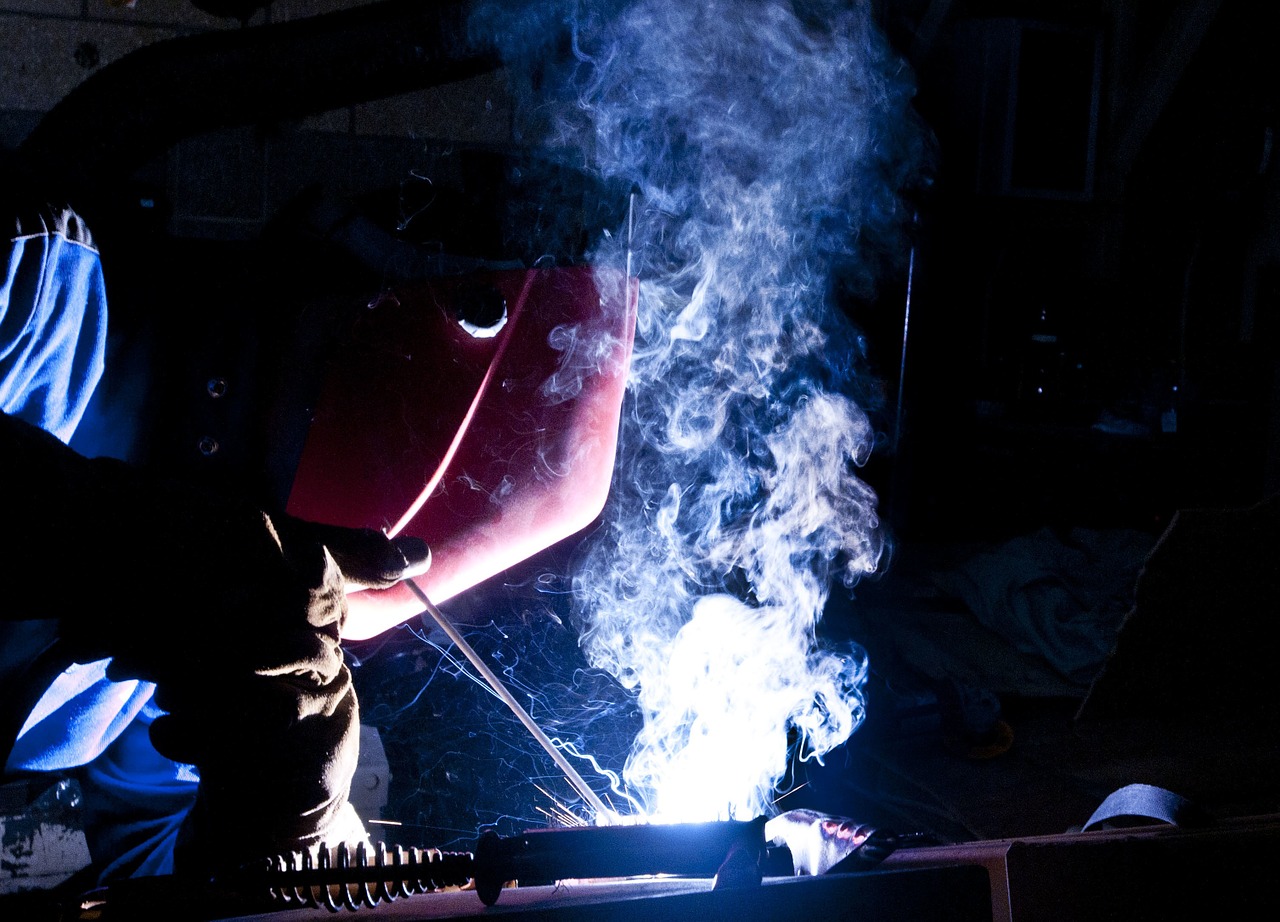Is There A Shortage Of Welders?

It is a fact that there is a genuine demand for skilled welders in the country. Despite a common belief that there is a shortage, which is quite true, not enough initiatives are taken by the government to rectify the issue.
In this article we will discuss some of the pressing reasons as to why there is a shortage of welders in the USA.
Welding As A Profession:
The recent trend in the welding industry has seen a decline in welding as a career choice. Although the country is witnessing significant growth in the construction sector, which has had many welders preoccupied with months of work, there is a genuine shortage of welders throughout the country.
After graduation, a trained welder gets at least $17 an hour, which translates to roughly $37,000 a year. This is not enough to run a house in an inflation suffering economy, the US economy being a test case here. Even before graduating, a professional welder goes through many challenges in his career.
The tuition fee alone can exceed well over $25000 a year, which makes this profession almost an unaffordable entity for many students interested in this line of work. If that is not discouraging enough, you have to spend almost 1000 hours of hands on practice to fuse different pieces of metal, merging metal pipes, curving and bending them as your instructor asks you.
There are opportunities for free training or on the job training, but you have to search long and hard. I did find a program in Alaska which provided 6 weeks of free training for welding on the Pipeline. I have not seen this program for a while now.
Reasons For The Shortage:
- Not many people choose welding as a career. The American Society of Professional Welders has presented some disturbing figures. According to them, there will be countrywide shortage of welders by 2020. The worst part of this statistics is that the shortage also includes trainers, teachers, inspectors and even engineers. It seems as if welding is a dying profession in the country.
- If that’s not scary enough, the statement further elaborates that the shortage may go as high as 300,000 across the country. The shortage is there, and is increasing by the day. It would be appropriate to discuss the most common reason for this shortage.
- The existing lot of senior welders is getting older while new batches of trained welders are falling short of expectations in both quality and skill. As the trend of depleting interest in welding as a profession continues, the profession is witnessing more depletion of young blood, the opposite of which could have changed the situation for good.
- Low wages and long working hours is another factor that is driving future welders away from their profession. In fact, welding is among those professions where salaries are still lower when compared to professions such as healthcare, information technology and skilled labor to name few.
- Welding one of the most demanding professions when it comes to physical strain. Due to constant exposure to the welding flame, many welders either lose their eyesight completely, or suffer serious damages to the cornea and other parts of their eyes.
- The attrition is only worsening the situation as the vacuum is growing due to the retirement of senior welders, whose places are predominantly empty due to a lack of new welders
- A large majority of American welders is understood to have fewer skills than what is required by major industries. For this reason, many industries prefer to hire skilled expats and aliens residing in the country instead of hiring locals.
Why Is There A Shortage Of Welders In The USA?
For many reasons, the US is witnessing a shortage of welders that was not the case in the second part of the last century. The 2008 economic recession was one of the major reasons. After the recession, as the economy began to recover, it was the manufacturing sector that witnessed the fastest progression among all sectors.
Mentioned below are a few reasons why I believe there has been a shortage of welders in the US:
- Dangers: The process of welding produces an arc or a flame, depending on the process, which can be quite hazardous to the human eye or skin if it is exposed for prolonged periods of time due to poor eye and skin protection, or no protection at all. Some people who are given poor information on the dangers of welding shy away from this profession for medical reasons. Other dangers involve the environmental and site conditions which requires training and kowledge to navigate properly (i.e. Underwater welding, deep sea welding, large machinery, etc.)
- Another reason is the rising trend of development in oil and gas sector. Thousands of kilometers of pipelines are being constructed for which, there is a need for skilled welders on urgent basis. In fact, by 2010, the oil and gas sector in the state of Texas is already going to the rise in construction activity. Then, there is the trend that companies prefer to hire experienced welders, most of whom are associated with metal fabrication shops, which is the major reason why most companies end up with entry-level welders despite looking to hire experienced ones.
- It's not cool. Welding is a down and dirty job and it doesn't appeal to a large number of Millenials who have had a lot of 'hand holding' all their lives. But it is cool if they would get their thumbs out of their mouths.
Let me know your thoughts on this and other reasons you may have.

Reasons For Lower Wages:
Companies offer fewer recruitment programs for new graduates, and those who do, offer minimum wage at best. Experienced welders are mostly associated with private shops and business at good pay packets but that still doesn’t solve the wage issue. Companies generally don’t pay much for fresh talent as they lack the required skill and innovation, so is their claim.
The irony doesn’t stop there as virtually everything is wrong when it comes to producing welding graduates. The companies blame institutions for not producing enough welders while the institutions say the companies are not promising enough encouragement and employment opportunities, due to which students are reluctant to opt for this profession.
Other Reasons For The Shortage:
Due to the dire state of welding as a profession in the county, Gardner Carrick, the vice president for the Strategic Initiatives at the Manufacturing Institute, states he has never seen such a dire situation when it comes to welding as a profession.
He goes on to stress the need for recruiting new welders even if they are to be given more incentives, higher salaries and even an accommodation if possible. For a bigger gain, sometimes you have to suffer a smaller loss, states Gardner. He further says that the welding profession is not only about lost interest, it is more of a lost generation, which is something you cannot prepare over night.
Another factor that has hampered this profession in the country is outsourcing. Many companies that used product assembly have recruited foreign labor in the form of outsourced labor. To their advantage, they had to pay more to local welders, but they have to pay a fraction of that to foreign labor, a situation that has eliminated the need for them to hire local welders.
In the US, welding is one of the professions that need federal assistance on an urgent basis. The government needs to step in while there is still time, or we may be importing skilled labor from abroad, something America has never done before.
Welding Plans:
New! Welding Table
New! Log Splitter
Top Projects:






